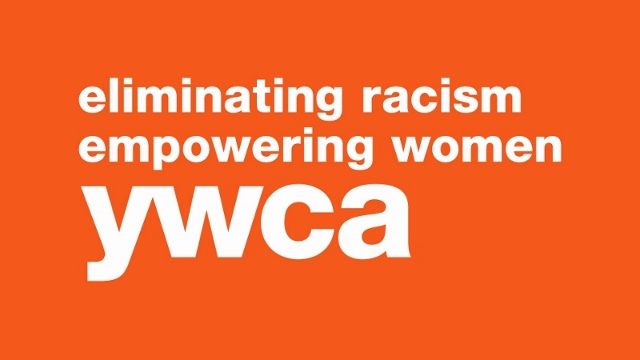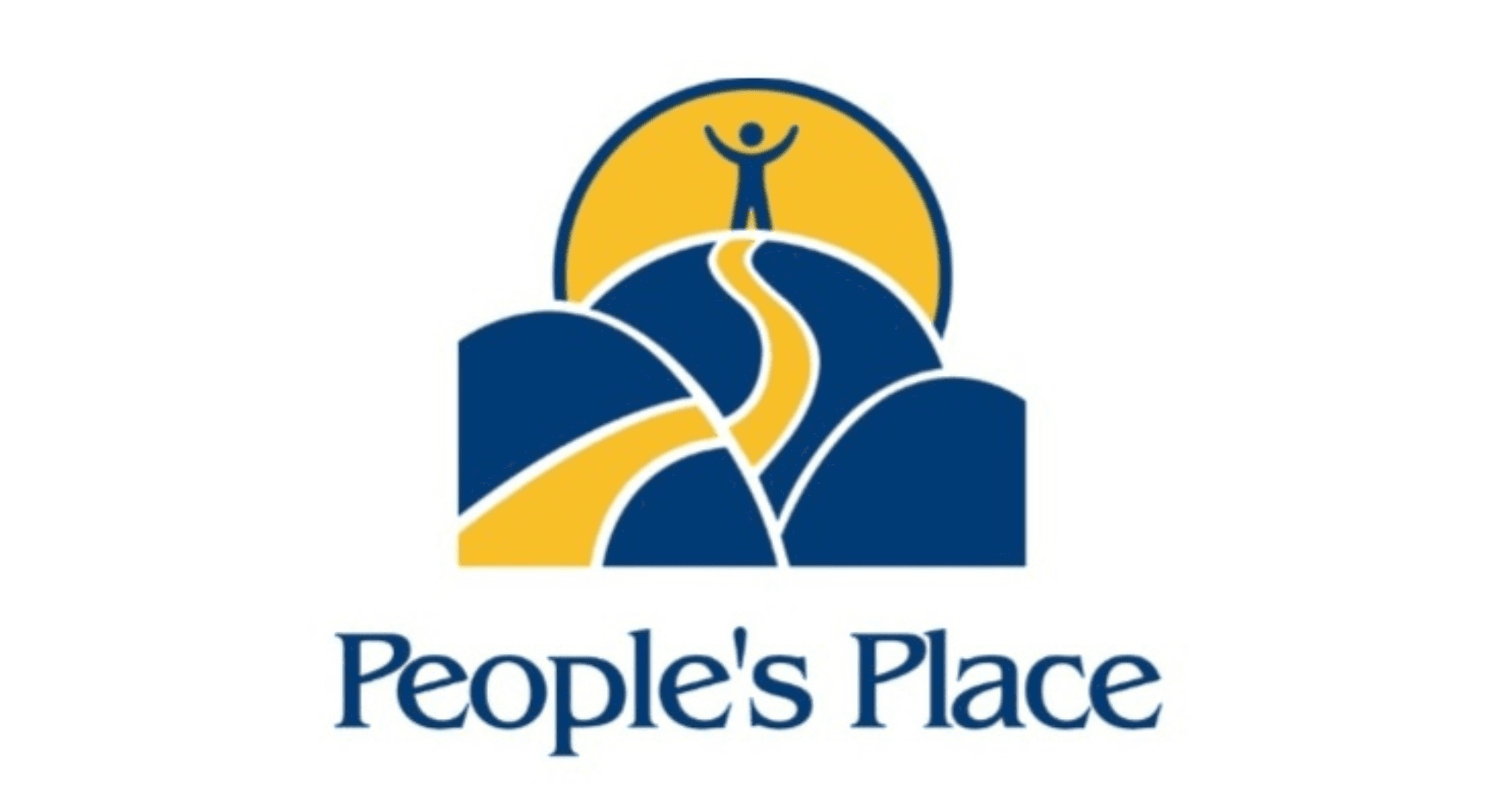Practicing Healthy Masculinity on Father's Day
Sarah Bear, Prevention Director and Brooke Ophardt, Training & Prevention Specialist
June 2020
Father’s Day is an opportunity to celebrate the father figures in our lives. This year, we can honor our father figures by examining the expectations that traditional masculinity places on men and boys in society and exploring ways to challenge them.
In their book Exploring Masculinities, Pasco and Bridges define masculinity as “practices, behaviors, attitudes, sexualities, emotions, positions, bodies, organizations, institutions, and all manner of expectations culturally associated with (though not limited to) people understood to be male” (Pascoe & Bridges, 2016, p. 4).
Harmful forms of masculinity have unfortunately distorted masculinity’s overall reputation through various forms of representation, such as the media. These harmful forms of masculinity stress traits such as domination, violence, aggression, and lack of emotion (except for anger). The focus on these specific traits as the only form of masculinity is harmful for everyone, especially for those who embrace these harmful traits. For example, research has proven that bottling up one’s emotions has the potential to lead to early death.
The good news is that movements to discuss the positive qualities of masculinity have been thriving. This Father’s Day, men can practice embracing healthy masculinity through the following ways:
- Express your emotions! Did you receive a card or amazing gift for Father’s Day? Take a second to embrace the moment and all the emotions that may come up, then express them to the gift giver. It is especially important to normalize these types of behaviors for the boys and young men in our lives to help counter some of the harmful messaging that suggests masculinity doesn’t embrace a full range of emotions.
- Practice media literacy. Are you planning to watch a movie with those celebrating Father’s Day with you? Pay attention to how masculinity and fatherhood are portrayed through the characters and then take some time during or after the movie to discuss how boys and men are represented in the media.
- Step out of your comfort zone for a minute. Do you have a child in your life that is interested in playing with stereotypically “girl-y” things, like dolls or make-up? Encourage their self-expression by joining them for a few minutes, and find ways to engage healthy masculine roles during playtime. Whether it’s teaching toddler boys about changing diapers and feeding babies or getting a makeover from a budding make-up artist, bonding with the children in your life while demonstrating positive masculinity is a win-win!
Even though Father’s Day is only one day, we can continue to have these conversations throughout the rest of the year. To get started, we recommend checking out the following resources to learn more:
- Masculinity U – Organization seeking to help men and boys rethink traditional masculinity.
- Promundo – Organization working to promote gender equality by engaging men and boys as allies.
- ManKind Project – Enables and supports men in works of service that make positive changes in their communities.
- A Call To Men – A violence prevention organization that focuses on male socialization and experiences to address violence towards women and girls.
- Ever Forward Club – Mentoring organization for middle and high school-aged boys that uses the Social Ecological Model approach.
Pascoe, C., & Bridges, T. (2016). Exploring masculinities: Identity, inequality, continuity, and change. New York: Oxford University Press.




